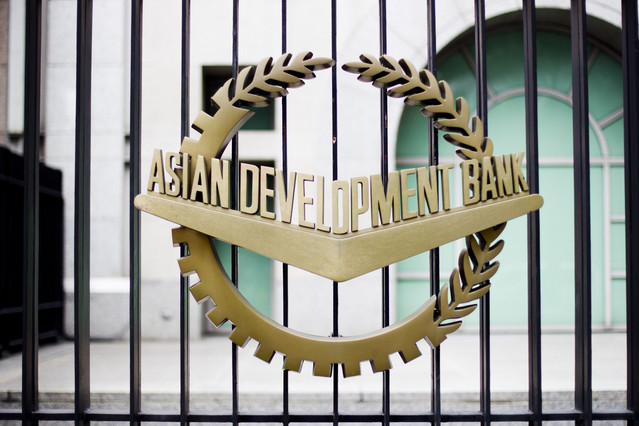Armenia’s growth forecasts trimmed for 2015 and 2016: ADB

“GDP growth in Armenia accelerated to 4.0% in the first half of 2015 from 2.6% in the same period in 2014 and to 3.5% for all of 2014. All major sectors contributed to growth, but a 4.2% slump in trade slowed growth in services to 1.8% from 3.7% a year earlier,” the Asian Development Bank (ADB) said in a new “Asian Development Outlook 2015” report.
Agriculture saw double-digit growth at 15.5%, and industry including construction expanded by 3.7%. On the demand side, private consumption and investment declined, while public consumption showed only modest gains. The drag from the deficit in external trade and services moderated significantly, as exports fell much less than imports.
Despite strong growth in the first half, the growth forecasts are trimmed for 2015 and 2016, as problems in Armenia’s major trading partners continue to reduce trade, remittances, and investments and so depress economic growth.
Agriculture is still foreseen as the primary driver of growth, along with a modest contribution from industry and services. On the demand side, the pattern of growth is expected to continue for the rest of the year, with a larger deficit in external trade and services, along with weaker investment and private consumption. The lagged pass-through of currency depreciation at the end of 2014 caused average annual inflation to accelerate to 5.0% in the first 7 months of 2015 from 3.4% in the same period in 2014 and 3.0% in all of 2014.
The 12-month inflation rate of 4.2% in July remained within the central bank’s target band of 2.5%–5.5%. Despite these developments, inflation forecasts remain unchanged for 2015 and 2016, as strong growth in agricultural supply, weak domestic demand, and tight monetary policy should cause inflation to recede in the months ahead.
The current account deficit narrowed to 7.3% of GDP in 2014 from 7.6% in 2013. A slight improvement in the goods and services trade deficit was partly offset by a larger deficit for primary and secondary income, reflecting the drop in remittances. In line with this improvement, the projections for the current account deficit are narrowed for 2015 but kept unchanged for 2016.








